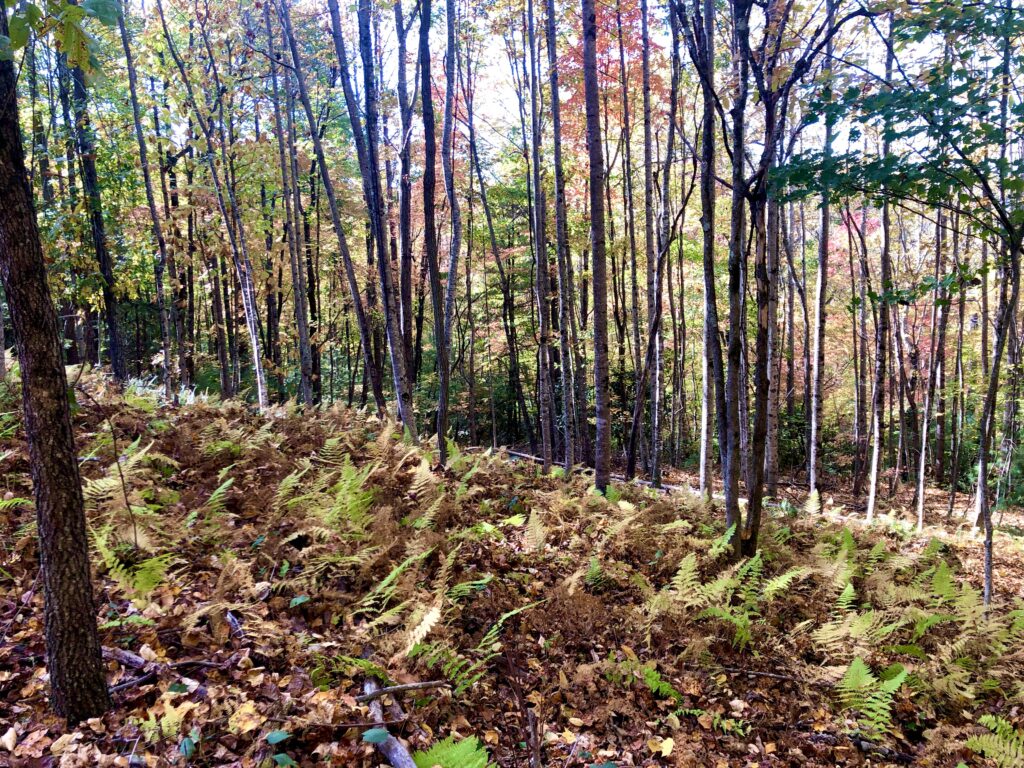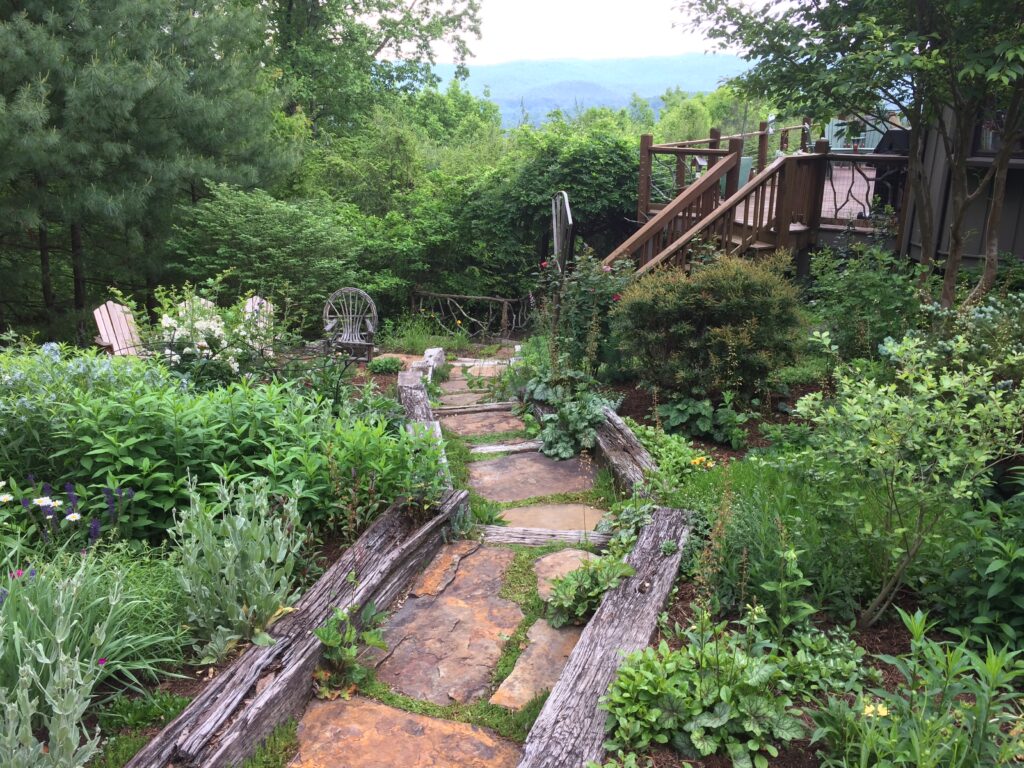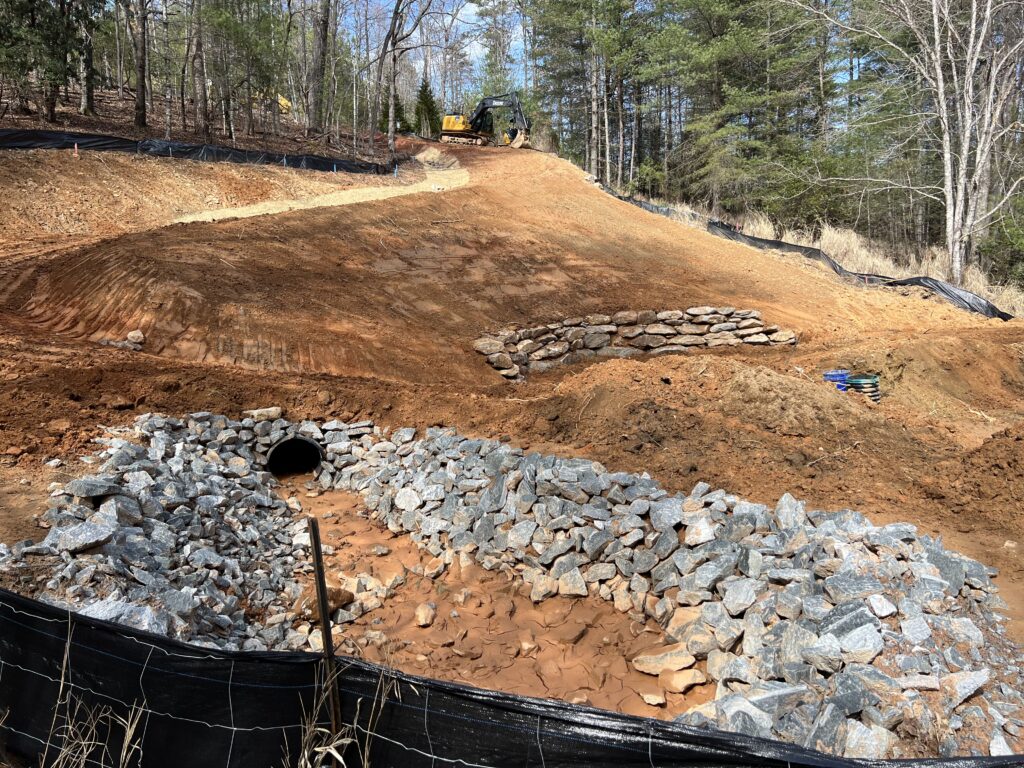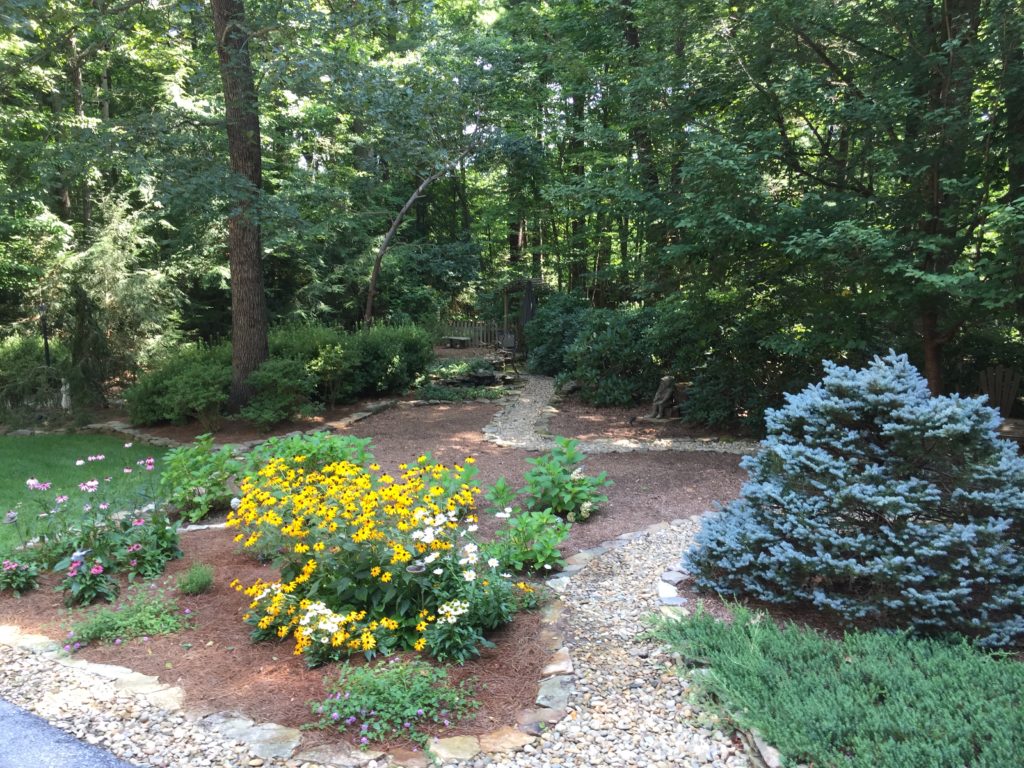Environmentally Friendly Landscaping
go.ncsu.edu/readext?983605
en Español / em Português
El inglés es el idioma de control de esta página. En la medida en que haya algún conflicto entre la traducción al inglés y la traducción, el inglés prevalece.
Al hacer clic en el enlace de traducción se activa un servicio de traducción gratuito para convertir la página al español. Al igual que con cualquier traducción por Internet, la conversión no es sensible al contexto y puede que no traduzca el texto en su significado original. NC State Extension no garantiza la exactitud del texto traducido. Por favor, tenga en cuenta que algunas aplicaciones y/o servicios pueden no funcionar como se espera cuando se traducen.
Português
Inglês é o idioma de controle desta página. Na medida que haja algum conflito entre o texto original em Inglês e a tradução, o Inglês prevalece.
Ao clicar no link de tradução, um serviço gratuito de tradução será ativado para converter a página para o Português. Como em qualquer tradução pela internet, a conversão não é sensivel ao contexto e pode não ocorrer a tradução para o significado orginal. O serviço de Extensão da Carolina do Norte (NC State Extension) não garante a exatidão do texto traduzido. Por favor, observe que algumas funções ou serviços podem não funcionar como esperado após a tradução.
English
English is the controlling language of this page. To the extent there is any conflict between the English text and the translation, English controls.
Clicking on the translation link activates a free translation service to convert the page to Spanish. As with any Internet translation, the conversion is not context-sensitive and may not translate the text to its original meaning. NC State Extension does not guarantee the accuracy of the translated text. Please note that some applications and/or services may not function as expected when translated.
Collapse ▲Western North Carolina is one of the most ecologically biodiverse regions of the world. Unfortunately development and increasing population are threatening the delicate ecosystems of the area. Many of the landscape methods that we utilize have negative environmental repercussions.
Rapid suburbanization often leads to environmental problems. The rapid growth that we are experiencing here in western North Carolina is causing damage to sensitive ecological areas due to tree loss, increased stormwater runoff, erosion and loss of contiguous green spaces.
Luckily there are some things that we as home gardeners can do to address this worrying situation. We can plant more trees, protect wildlife and use environmentally friendly landscaping methods to mitigate some of the negative environmental repercussions of increasing population and development.
Environmentally Friendly Lawn Care
Lawns are great. Green expanses of lush grass are beautiful areas for kids and adults to play and relax. Grass roots retain soil and grass leaves produce oxygen while capturing carbon.
Unfortunately some lawn care practices can have negative effects on the environment. Large industrial-sized gas-powered mowers produce exhaust that pollutes. The heavy machines compact soil which is bad for plant roots, especially trees. The over-powered mowers can cause soil loss by loosening soil and blowing the particles away. Misused lawn care products such as fertilizers and pesticides can wash away into streams. Irrigation systems can waste valuable water when used improperly.
The good news is that home lawns can be managed in an environmentally friendly way. Home gardeners can use electric mowers, blowers and weed trimmers. They can use organic fertilizers to improve soil health. Gardeners can reduce their reliance on lawn chemicals by growing healthier lawns through proper turf management practices such as managing grass at the proper mowing height (not too short!), maintaining proper soil pH, alleviating soil compaction through aeration and reducing shade. A healthy lawn doesn’t need much management!
Plant Native Plants
Natural areas leave behind a positive environmental legacy in the landscape. Native trees and shrubs can live for decades or even centuries. The natural landscapes we plant today become the woodlands and parks of the future. An oak may take 25 years before it starts casting any real shade but it can go on cooling our environment, stabilizing soil, and capturing pollutants long after we are all gone.
The best source for information on native plants in North Carolina is the NC Native Plant Society website. The website has a very useful list of native plants for the state. Their well-organized chart divides plants by their use and size in the landscape.
Leave the Leaves
Leaves represent soil nutrients that have been mined from the soil by trees. Each year they fall to the ground, rot and replenish the soil. If we remove leaves from landscapes we interrupt this cycle. Soils eventually become depleted of nutrients.

One of the easiest things you can do to make your landscape more environmentally friendly is to leave the leaves each fall. Many kinds of insects, amphibians, reptiles, birds and mammals depend on the fallen leaves and seeds for shelter, food and habitat.
The removal of leaves also destroys habitat for insects, reptiles and amphibians. Have you ever heard of a ‘blue ghost firefly‘? This rare insect is only found in our area. The females live in the leaves on the forest floor. The males float just above the forest floor barely visible to the naked eye. Removing leaves from yards destroys the blue ghost firely’s habitat.
Promote Beneficial and Pollinating Insects
Most insects are benign, neither helping or hurting humans. Only about 3% of insects are harmful. The rest of the insects benefit humans through either managing pest insects (lady bugs eating aphids for example) or as pollinators who move pollen from plant to plant allowing plants to reproduce (bees pollinate our vegetables and fruits).
Misused pesticides can negatively affect beneficial insects including pollinators. Rarely is it necessary for us to need pesticides in home gardens. There are many biorational ways to control pests such as hand picking off insects and biorational pesticides derived from natural sources.
Controlling Invasive Plants
Non-native landscape plants can escape cultivation and become invasive and destroy sensitive habitats. Invasive plants are currently taking over sensitive areas displacing native plants and animals. The invasive plant problem is growing and will continue to get worse unless we all do our part to control their spread. So remove invasive plants when you can and plant native plants.
You Can Help
By making simple changes, such as choosing native over exotic plants and removing invasive plants, we can begin to restore habitat at home, at our businesses and throughout the region.
By cultivating and protecting healthy diverse habitats for pollinators, for wildlife, for healthy flora and fauna, we benefit the individuals who live in and enjoy these spaces and for our community, as a whole. By creating natural areas in your yard and leaving the leaves each fall you can benefit many kinds of insects, amphibians, reptiles, birds and mammals which depend on the native plants and their fallen leaves and seeds for shelter, food and habitat.
Environmentally Friendly Gardening Podcast
Henderson County Agent Steve Pettis created the ‘Gardening in the Mountains Radio Show and Podcast’ as a tool to teach and encourag people to manage landscapes in the most environmentally friendly way possible. Topics covered in the program include ‘landscapes can be home to wildlife’, ‘organic lawn care methods’, ‘turning lawns into pollinator habitat instead of mowing’, ‘leaving the leaves’, ‘planting for beneficial insects and pollinators’, ‘leaving snags and stumps for wildlife’, ‘using electric mowers, blowers and other tools, lawn alternatives such as moss lawns, protecting trees, planting trees properly’, ‘avoiding over-mulching’, ‘protecting streams’, ‘using native plants’ and ‘reducing pesticide use in landscapes’.













